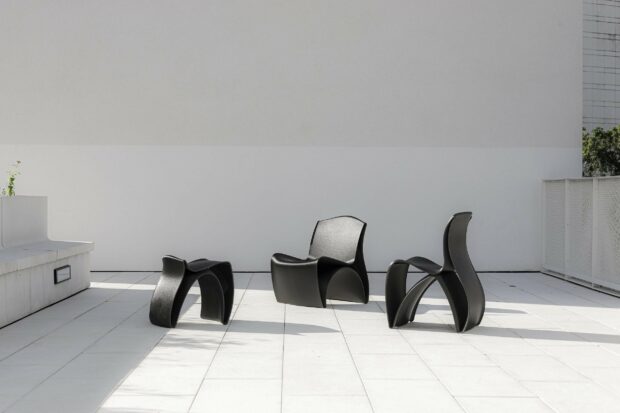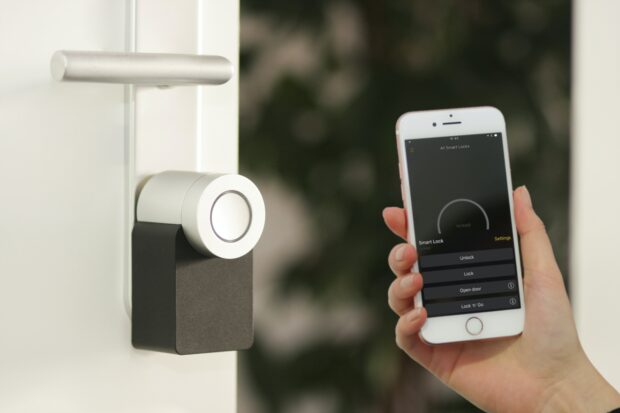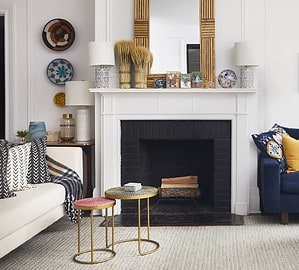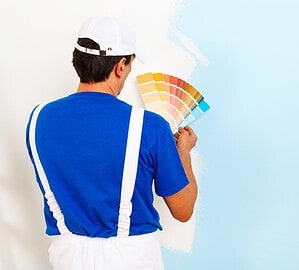It can be challenging to predict the future. Accomplished scientists worldwide struggle to identify where the world might be in thirty years, and a fierce discussion has revolved over what the future might hold. Nowadays, technology has a habit of forcing a change in nearly every industry imaginable, and the home design industry makes no exception.
The winds of change have begun to imbue the home design industry in recent years, with designers and smart homeowners having to adapt and evolve to different norms and demands for homes and offices throughout the world. The modern-day home should be designed to be as self-sufficient as possible, running on power from solar and geothermal energy, with photovoltaic cells linked to a battery energy storage system. The home’s glass and wood are more and more locally-sourced, lowering the carbon footprint of the construction process. Various interior and exterior fixtures are made utilizing advanced manufacturing technologies like 3D printing and injection molding services.
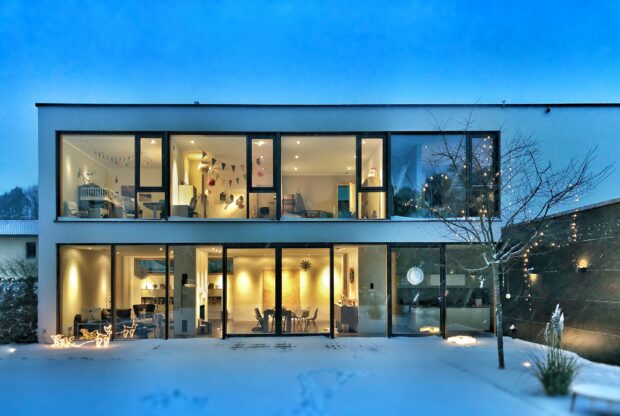
Photo by Stephan Bechert from Unsplash
As technology plays an influential role in the future of home design, we’ve put together a list of ways on how modern technologies and home design will interfere for the years to come. Without further ado, here’s what the future holds for home design.
3D Printing And Injection Molding Services
3D printing is reshaping the home design world to such an extent, that acclaimed experts from the field believe that we are on the cusp of another industrial revolution. Where it’s supposed to be costly and unmanageable, 3D printing steps in an efficient and exciting manner. With the rise of 3D printing technology, the time between the concept of ideas and their implementation is dramatically reduced. This profound technology will speed up every interior designer’s work and reduce the client’s costs – an evident win-win situation for both parties.
3D printers can be employed to design sophisticated and intricate furniture that old-school machinery is incapable of creating. There are already design companies that shake up the home design industry with their stunning furniture creations. From 3D printed bar stools to designer lamps and home accessories, these modern-day furniture pieces are fabulously detailed and impressive altogether. The 3D printing revolution is here and here to stay.
Speaking of smart manufacturing technologies vastly implemented in furniture production, we should also mention the injection molding technique. Manufacturers are using this production technique to design and manufacture high quality and cost-efficient window and door solutions tailored to specific customer needs. The products that are made with this fantastic technology are characterized by exceptional thermal insulation and weather resistance. They can be made from a wide range of material options, including high-quality plastic resins, UV-inhibited nylon, polypropylene, vinyl, and many more.
Photo from Material District
Virtual Reality (VR)
From gaming to healthcare, virtual reality is set to leave a persistent footprint in many industries over the next decade, and interior designers are especially excited about its applications within their field of work. Can you imagine an interior designer walking their client through a space they have created, or talking about an architectural piece by actually being beside it?
Virtual reality can help home designers test out different furniture pieces, millions of wallpaper designs, and various flooring types at the click of a button. The home design industry is welcoming VR as the beginning of a new technological future. Even though VR technology is still costly and requires a powerful computer to back up its work, there are still other options available to curious house designers to help them with their everyday work.

Photo by My Name Is Yanick from Unsplash
Meet VR’s younger sibling – Augmented Reality (AR). While VR simulates total immersion into a virtual world created solely by software, AR blends the real world and the virtual world by overlaying virtual features on top of real ones. Besides, AR demands much simpler technology than VR. Feel free to download an app on your device and start using AR for your home design projects.
Smart Technologies And The Internet Of Things (IoT)
One of the most significant ways technology is shaping the future of home design is the emergence of smart homes connected to the Internet of Things (IoT). Recent statistics show that the smart home technology market is set to hit $40 billion in the US alone in 2020, as many people look to smart houses to make their everyday lives more convenient and lower the number of things that they have to worry about. In such homes, systems such as HVAC, security, and entertainment can be controlled by a smartphone device, with a connected TV as a central display screen.
Modern home designers are anticipating this smart home expansion, as there are businesses that offer that let any surface work as a screen for TV, apps, video games, movies, or video chat. Other devices like appliances and thermostats are now built within walls and other surfaces to promote a more streamlined look. People acknowledge that smart products save time, so expect to see more and more from smart home technologies and homes connected to the IoT.
Photo by Sebastian Scholz from Unsplash
Alternative Materials
The use of 3D printers and the demand for more sustainable materials significantly contribute to using alternative materials for the construction and design of exterior and interior home design products. Sustainability concerns encourage the use of materials like reclaimed wood, particleboard, and plywood, as these materials are made out of formaldehyde-free volatile organic compounds and recycled plastics.
Floors made of reclaimed wood are becoming increasingly popular because they are usually locally sourced wood floors and can be applied to LEED (Leadership in Energy and Environmental Design) projects and contribute to point potential. Reclaimed wood can also be used for ceiling and wall paneling both outside and inside the home to make the home as environmentally friendly as possible. Don’t sleep on alternative materials, as this sector is going to get only more significant for the time to come.
Final Thoughts
As different technologies continue to advance with the speed of light, we are confident that we still haven’t witnessed everything that technology has to offer to the home design industry. Meanwhile, be up-to-date with significant advancements that happen in the industry, follow the technological trends, and utilize everything that modern technologies have to offer in the field of home design.

